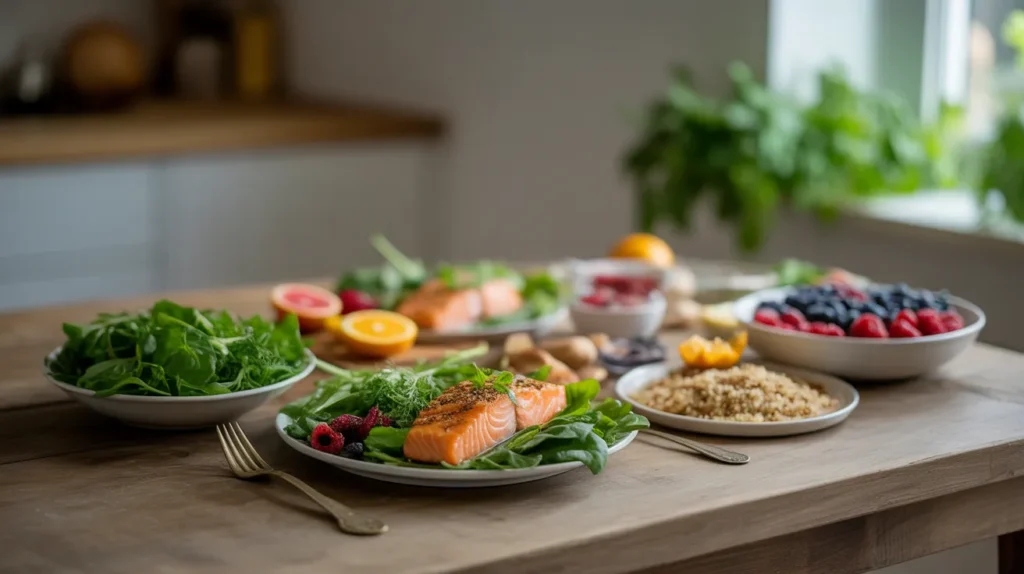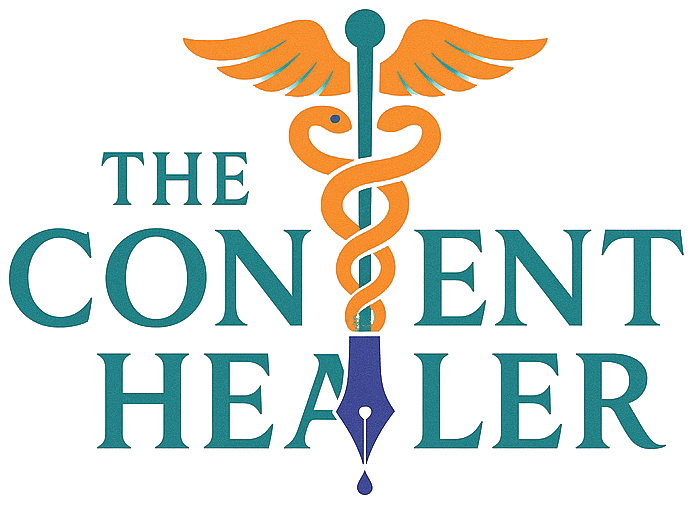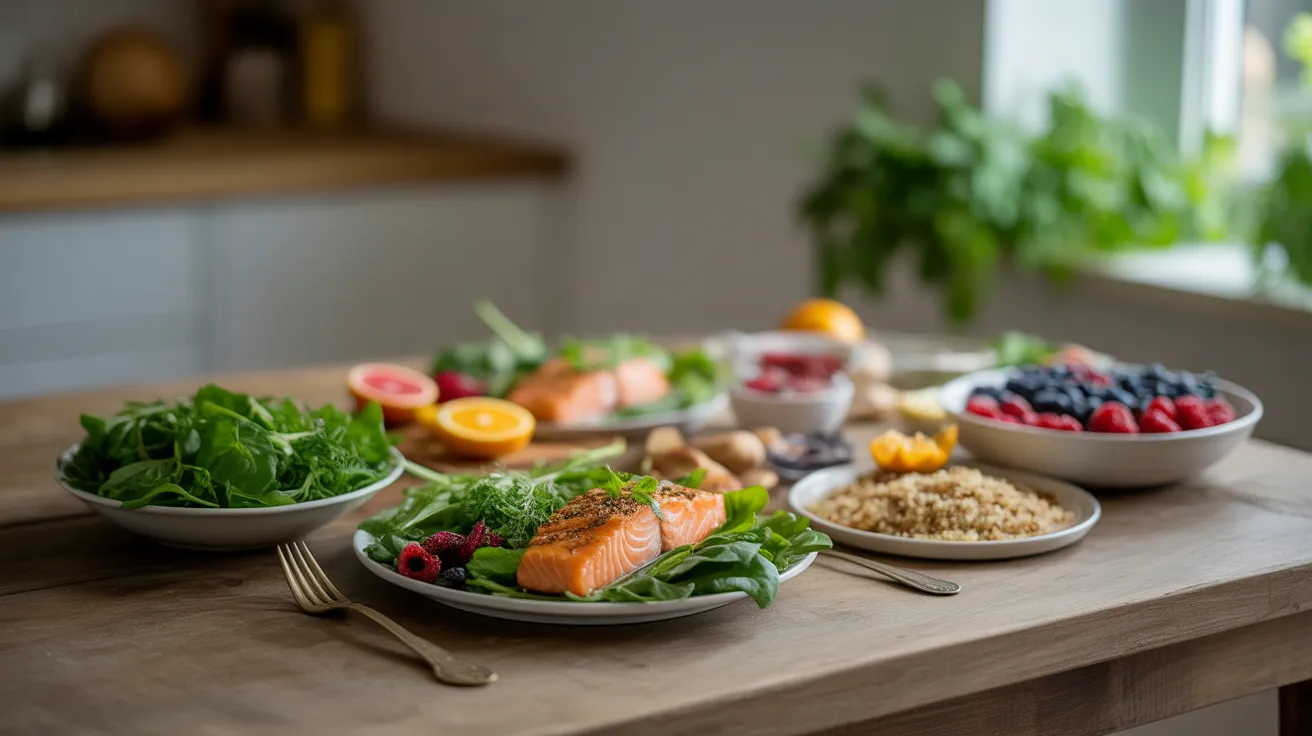Losing weight doesn’t mean starving yourself or giving up your favorite foods. The secret lies in balance, discipline, and understanding what your body really needs. A healthy weight loss diet plan is not about restrictions, it’s about nourishment, sustainability, and smart food choices that help you lose fat naturally while staying energetic.
In this post, you’ll learn how to create a personalized and realistic plan that actually delivers results, no fad diets or starvation required.
Why You Need a Healthy Weight Loss Diet Plan
Most diets fail because they are too extreme or unsustainable. People cut calories too low, skip meals, or follow trendy diets that hurt their metabolism. A healthy weight loss diet plan helps you lose fat steadily while maintaining muscle, improving energy, and preventing nutritional deficiencies.
When your body receives the right mix of nutrients, you feel satisfied, motivated, and consistent with the key ingredients for real transformation.
Step-by-Step Guide to Build a Healthy Weight Loss Diet Plan
1. Calculate Your Calorie Needs
Start by calculating your daily calorie requirement. You can use any online BMR calculator. To lose weight, create a 10–20% calorie deficit and eat slightly fewer calories than your body burns. This method helps you lose fat steadily without feeling deprived.
2. Set Realistic Goals
Rapid weight loss often leads to muscle loss and fatigue. Aim to lose 0.5–1 kg per week for sustainable progress. A healthy weight loss diet plan should fit your lifestyle and daily routine not force you to follow unrealistic rules.
3. Focus on the Right Nutrition Balance
The ideal plate includes all three macronutrients in the right ratio:
- Protein (25–30%) — keeps you full and preserves muscle.
- Carbohydrates (40–50%) — choose complex carbs like oats, brown rice, and millets.
- Healthy Fats (20–25%) — include nuts, olive oil, seeds, and avocados.
Real also – Oats Benefits for Skin, Hair
This mix fuels your body efficiently and keeps your metabolism active throughout the day.
4. Add Fiber and Stay Hydrated
Fiber aids digestion and prevents overeating. Eat plenty of fruits, vegetables, legumes, and whole grains. Hydration is equally important: drink 2.5 — 3 liters of water daily. A healthy weight loss diet plan works best when your body is properly hydrated.
5. Plan Your Daily Meals
Here’s a simple structure you can follow:
- Breakfast: High-protein meals such as eggs, oats, or smoothies.
- Lunch: Balanced plate with rice or roti, lentils, veggies, and salad.
- Snacks: Fruits, yogurt, or nuts.
- Dinner: Light and low-carb meal like soup or grilled paneer.
Preparing your meals in advance helps you stay consistent with your goals.
6. Avoid Common Diet Mistakes
Even small mistakes can slow your progress. Avoid skipping meals, eating too few calories, or relying solely on protein shakes. A healthy weight loss diet plan must include whole, natural foods that nourish your body.
Foods to Include in a Healthy Weight Loss Diet Plan

To get the best results, fill your plate with:
- Oats, quinoa, and brown rice
- Lean protein (chicken, eggs, lentils, tofu)
- Fresh fruits and green vegetables
- Nuts, seeds, and olive oil
These foods boost metabolism, improve digestion, and make your plan more sustainable long term.
Foods to Avoid
Certain foods can slow your results. Limit or avoid:
- Processed and fried snacks
- Sugary drinks and desserts
- White bread and refined carbs
- Alcohol and packaged foods
Replacing these with healthier alternatives strengthens your healthy weight loss diet plan and accelerates progress.
Example 1-Day Diet Plan
Here’s a simple sample meal plan you can try:
- Morning: Warm water with lemon + oats bowl with fruits
- Mid-morning: Green tea and handful of nuts
- Lunch: Brown rice, dal, and salad
- Evening snack: Greek yogurt or fruit smoothie
- Dinner: Soup with grilled vegetables or paneer
This kind of healthy weight loss diet plan provides balanced nutrition and keeps you full throughout the day.
Lifestyle Tips That Support Weight Loss
A diet alone isn’t enough, your lifestyle matters too.
- Exercise at least 30 minutes daily.
- Sleep for 7–8 hours to support metabolism.
- Manage stress through yoga, meditation, or journaling.
- Stay consistent, even on weekends.
When paired with a healthy weight loss diet plan, these habits help you achieve long-lasting results.
Common Myths You Should Ignore
- Myth: Skipping meals helps you lose weight.
Fact: It slows metabolism and increases cravings. - Myth: Carbs make you fat.
Fact: Complex carbs are essential for energy. - Myth: Supplements are necessary for results.
Fact: Real food works best when balanced properly.
The truth is, a healthy weight loss diet plan built on whole foods always outperforms crash diets or shortcuts.
Conclusion
The key to long-term fitness is not punishment, but consistency. A healthy weight loss diet plan helps you eat smarter, stay active, and feel better every day. Start small, replace one unhealthy meal with a nutritious one, drink more water, and move your body daily.
Your transformation begins when you build habits that support your goals, not restrict them. Stay patient, stay positive and your healthy lifestyle will follow.





